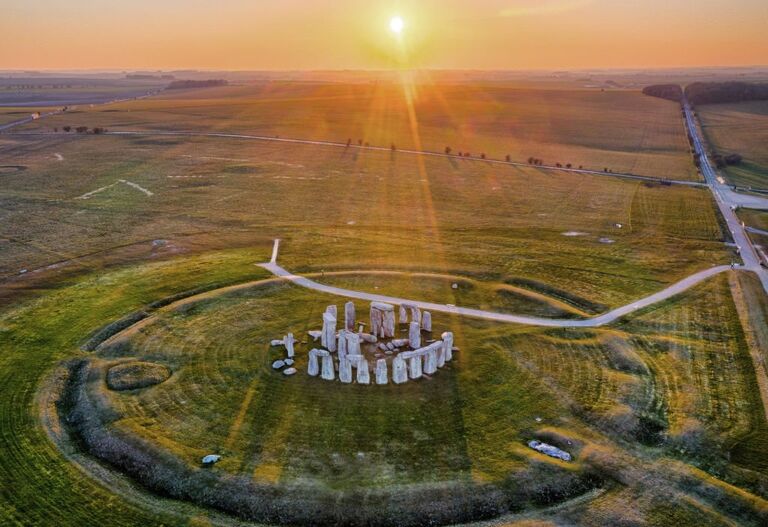When An Expert Studied Stonehenge Relics, She Found Clues About The Monument’s Secret Purpose
After digging under the ancient monument of Stonehenge, a team of archaeologists have stumbled upon a cache of human skeletons, fascinating relics from the region’s mysterious past. But when they take a closer look, they realize that one is hiding an incredible secret. Tucked inside the mouth of a dead man for thousands of years, they find an artifact that could change everything we think we know about this historic site.
A Passion For History
As a student at the University of Bradford in northern England, Jackie McKinley developed a passion for the study of human remains. And after graduating, her interest in the long-dead inhabitants of this world continued. For decades, she has spent her time analyzing some of Britain’s oldest archaeological sites – including the iconic monoliths of Stonehenge.
Expert In Bones
A bone specialist with Wessex Archaeology, McKinley worked in the shadow of the famous stones, piecing together the stories of people buried at the strange site. And in February 2018, she appeared in a documentary by Discovery UK. In it, she detailed an incredible find that could completely change the narrative of Stonehenge.
Mysterious Monument
Located some eight miles to the north of the English city of Salisbury, the ancient stone circle of Stonehenge is famous around the world. But while its distinctive shape might be instantly recognizable, the origins of this monument remain shrouded in mystery. And to this day, we still do not know for certain who built it, or why.
Druid Theory
Originally, experts believed that Stonehenge was constructed by the Druids, an ancient people first recorded in Britain during the third century B.C. However, later scholars have determined that construction began as far back as 3,000 B.C. And it wasn’t until 1,520 B.C., almost 1,500 years later, that the project was finally complete.

